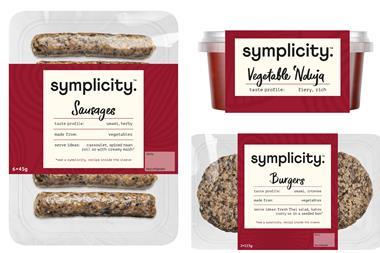
I’ve been writing in recent months about the challenges of retailer traction. How can suppliers get retailers on board so things happen in stores? Many companies find this extremely difficult, which may sound strange. Surely all they need to do is understand what the retailer wants, and deliver it?
The problem is that what the retailer wants is only one of four dimensions. The other three elements are equally important. First, capability – what suppliers can make, using or augmenting their existing capacity and equipment. Also, what they can feasibly and authoritatively offer under their brands.
Second, consumer – what the public wants or values, which is sometimes not the same as what the retailer thinks they are looking for. For example, retailers may push hard for sustainability or health, sometimes beyond what consumers are willing to pay for.
Finally, communication – even if we are doing something that meets consumer needs, with retailer support, are we able to make the product instantly recognisable to shoppers and easy to understand? For example, retailer packaging strategies, which typically look to drive consistency across the store, can make it harder, not easier, for own-label innovation to achieve standout and clarity.
So suppliers have to juggle and balance these four, sometimes conflicting, dynamics – the customer, the consumer, their own capability and communication. This is what makes their jobs so challenging and so interesting. People outside the industry might assume that selling onions, chicken or biscuits to a retailer would be a reasonably straightforward business, but it isn’t.
There is rightly much talk about purpose in jobs. If we can see a purpose beyond simply earning our salary (very important to most employees) and shareholder return (less important to most employees), we are much more likely to go the extra mile for our employer. Great if we work in healthy food or with medicines that are making a real difference to society. But if we are working in categories with a less obvious social purpose, how do we still find purpose? One way is to think about what we do as a sophisticated game, albeit a serious game. We are playing four-dimensional chess against our competitors – customer, consumer, capability and communication. Being paid to play a game.
Because of the multi-dimensional nature of this work, simple communication is critical. If you are just talking about the customer, maybe you can make three or four points. Similarly with the consumer, capability and communication. But if you are trying to get decision-makers to understand how it all fits together, you can very easily over-communicate. To get investment and support requires complex thinking across four dimensions, but very simple communication. No wonder so many of us go home tired on a Friday night.



















No comments yet